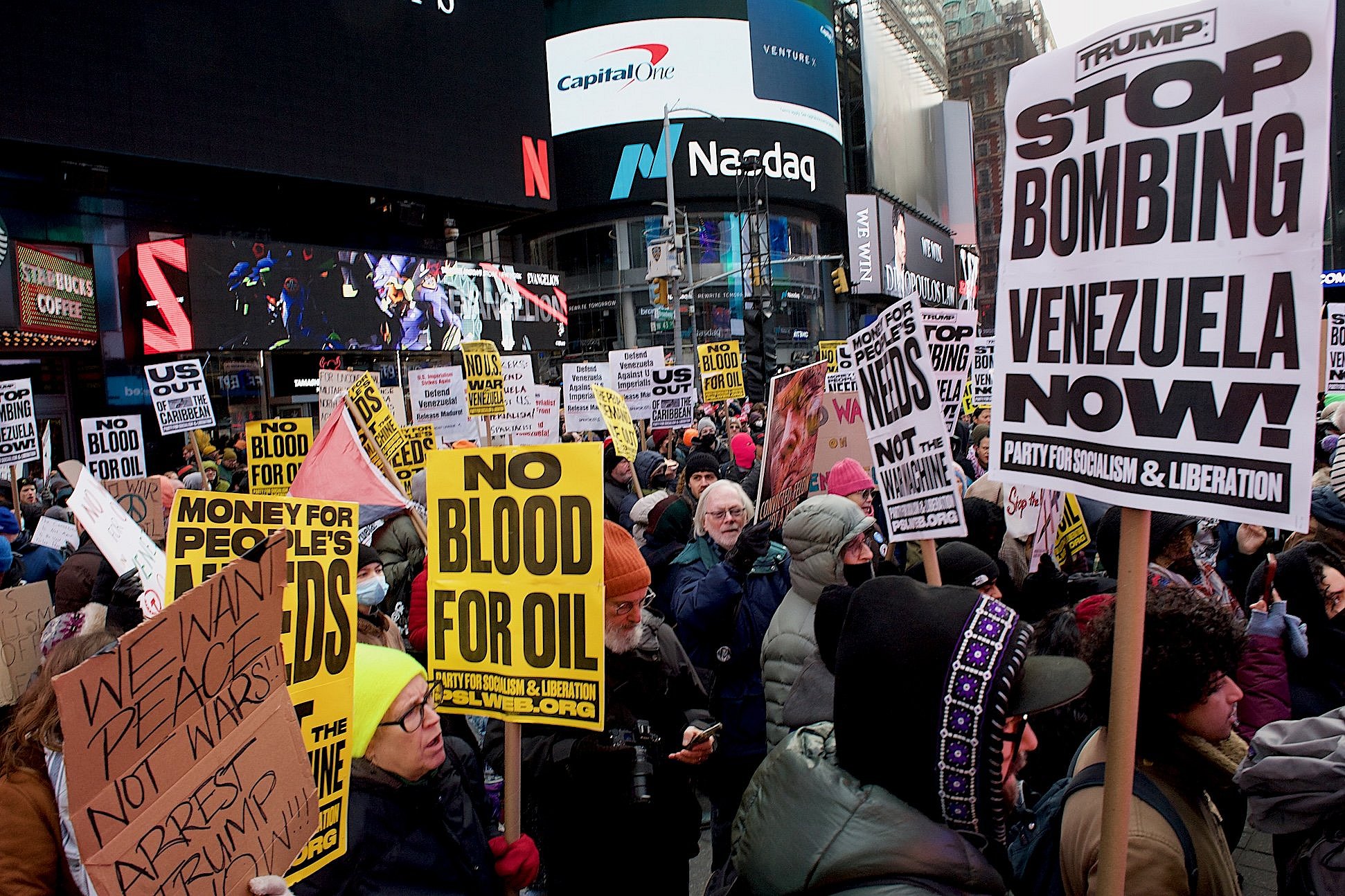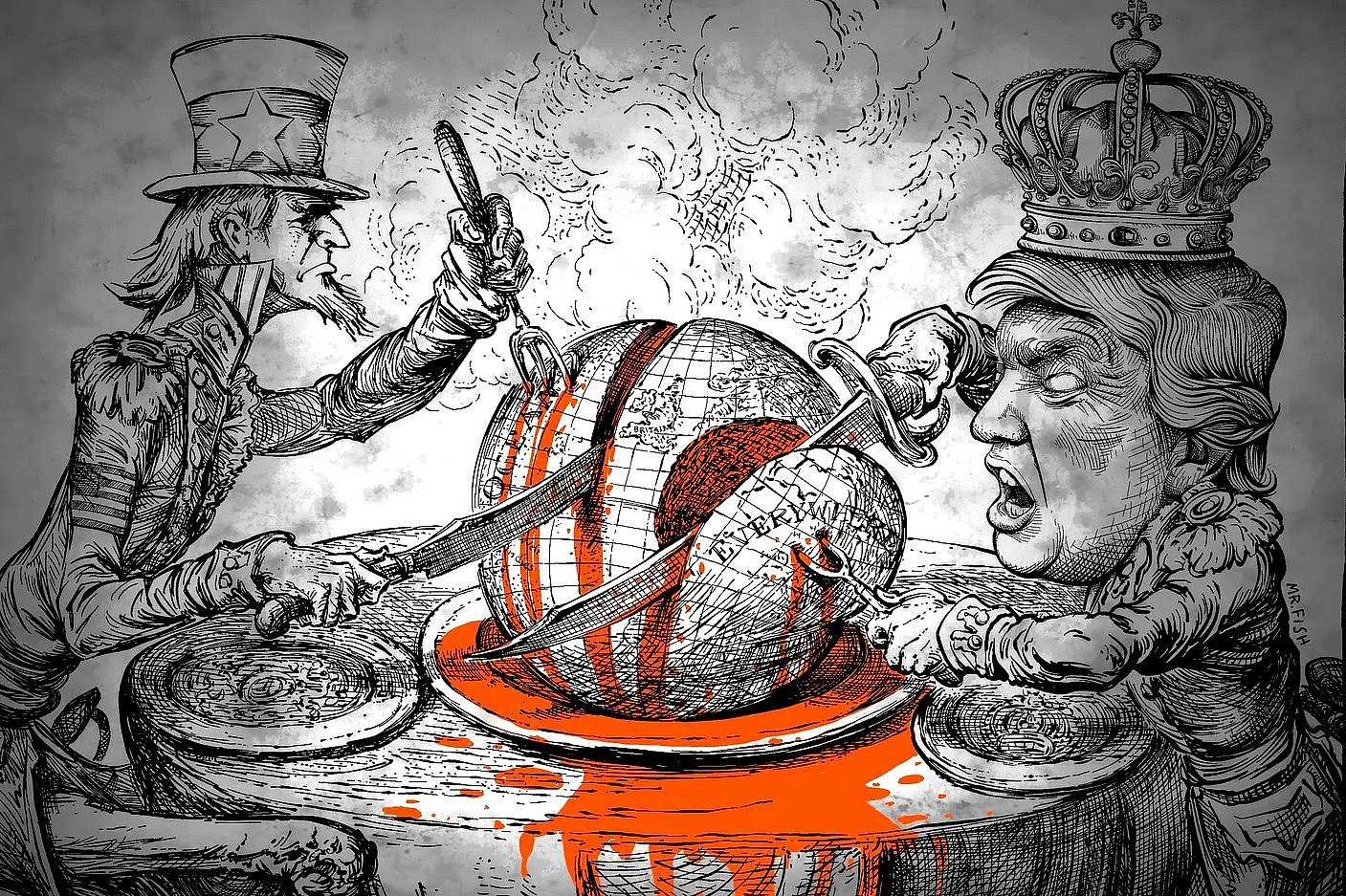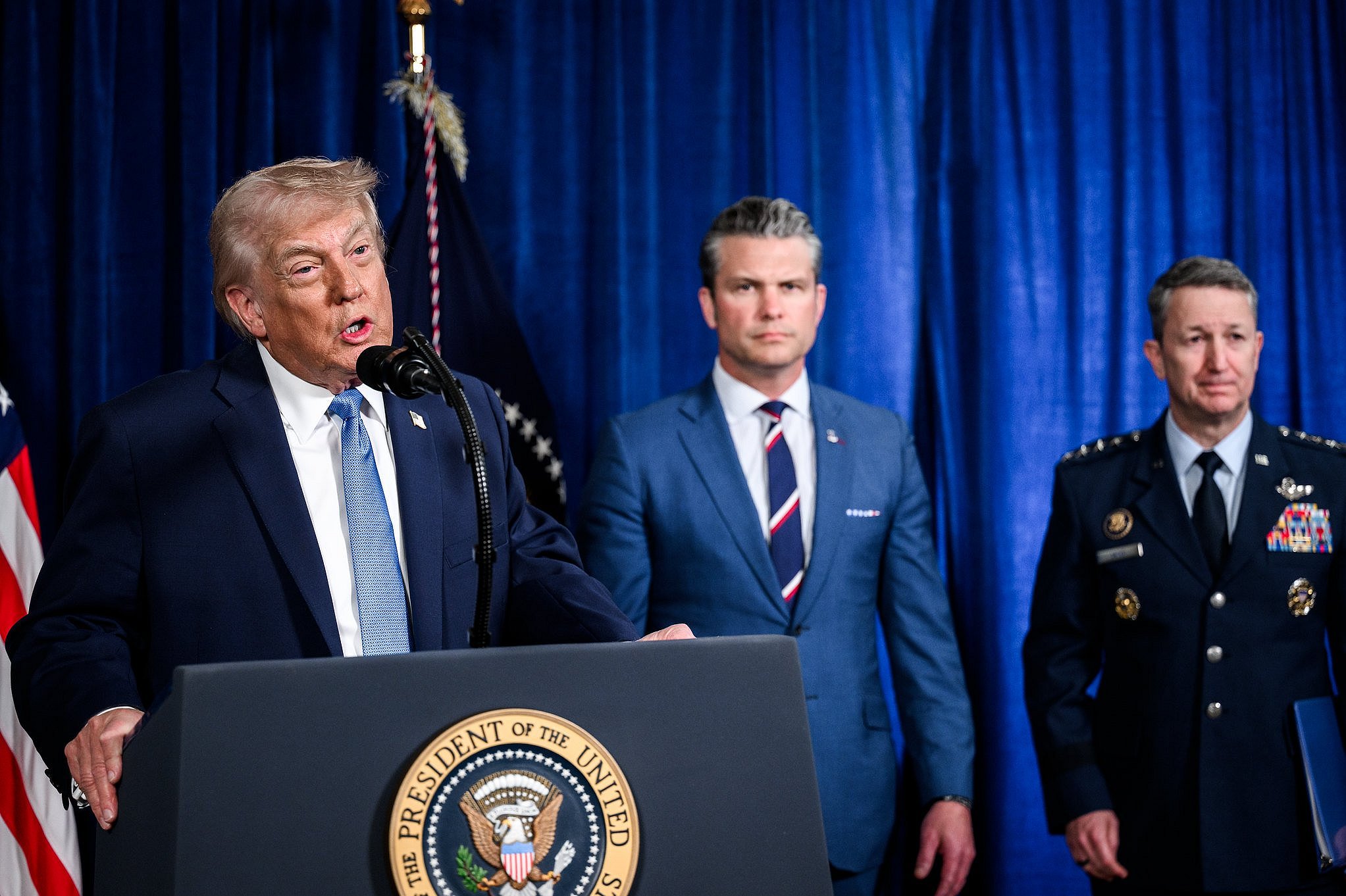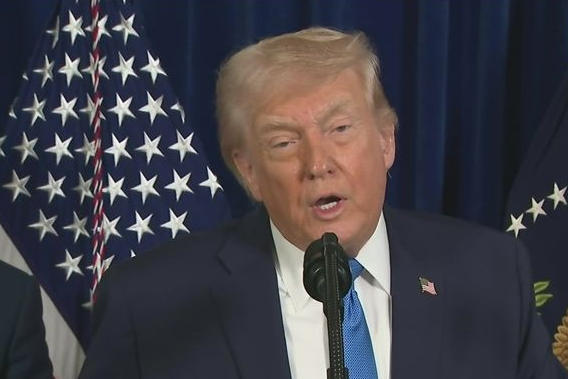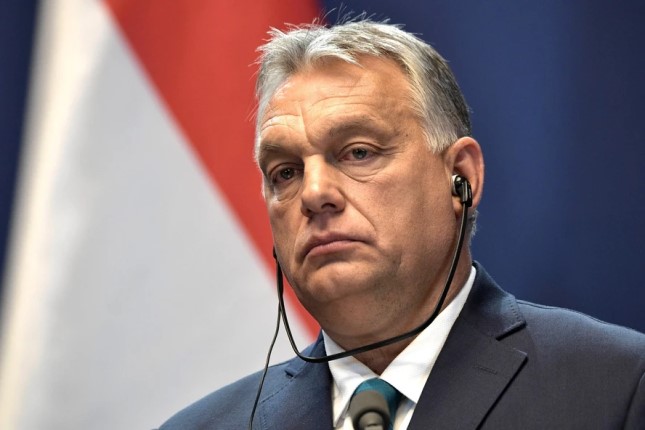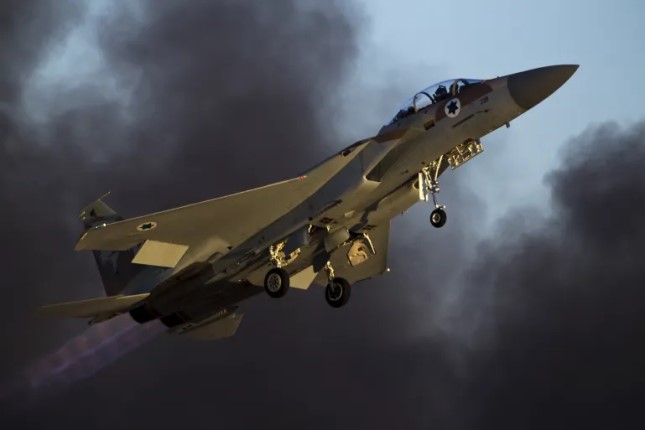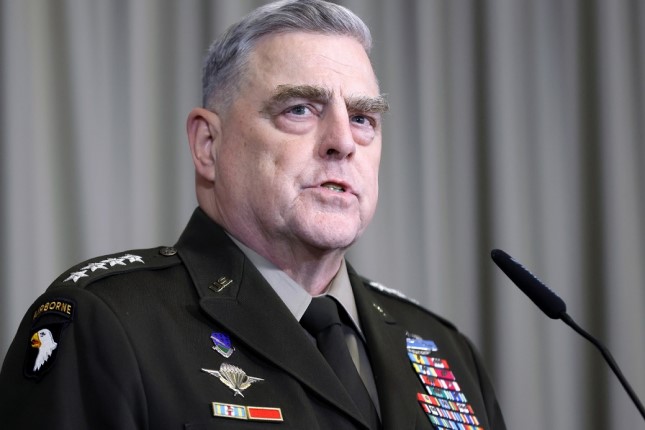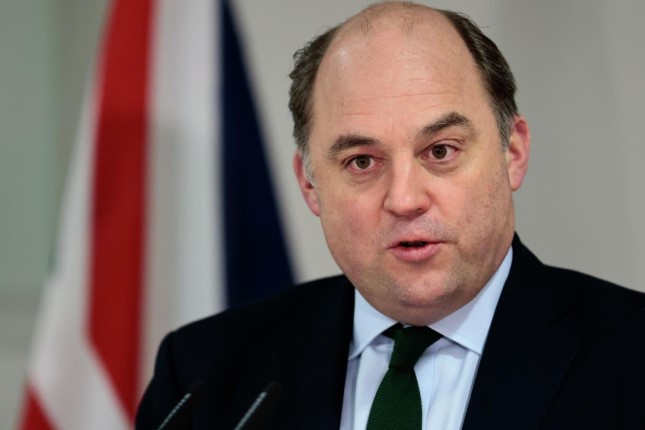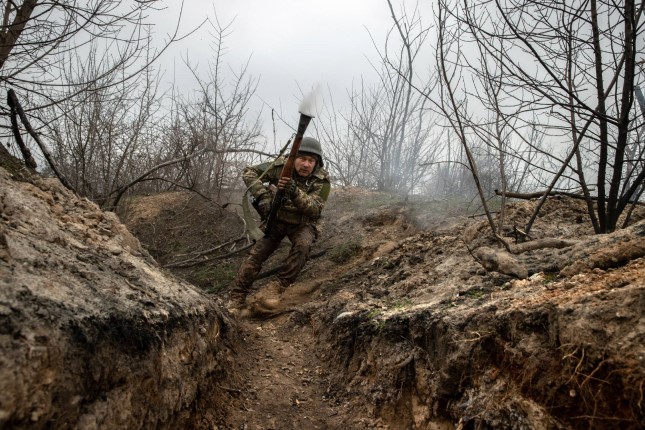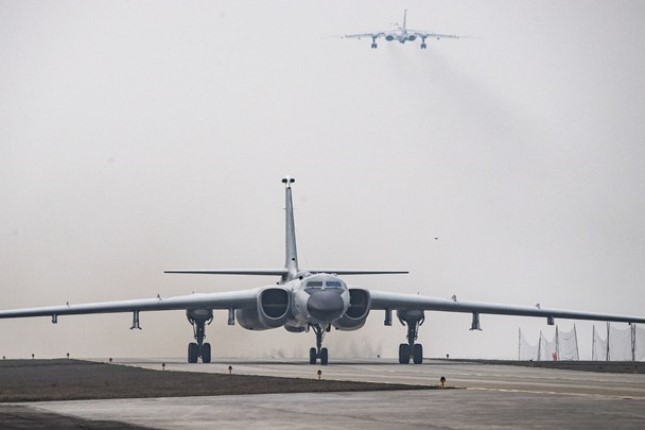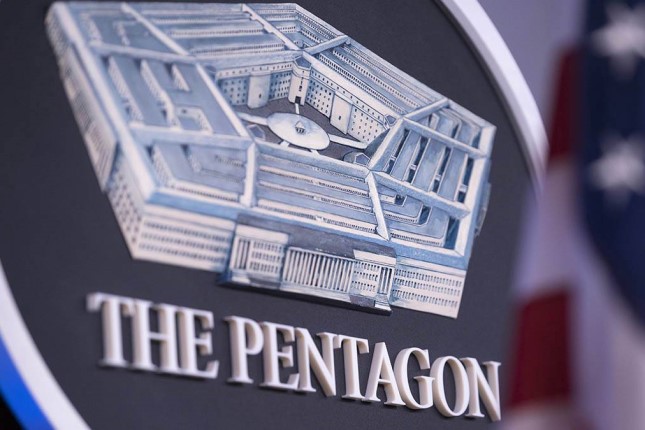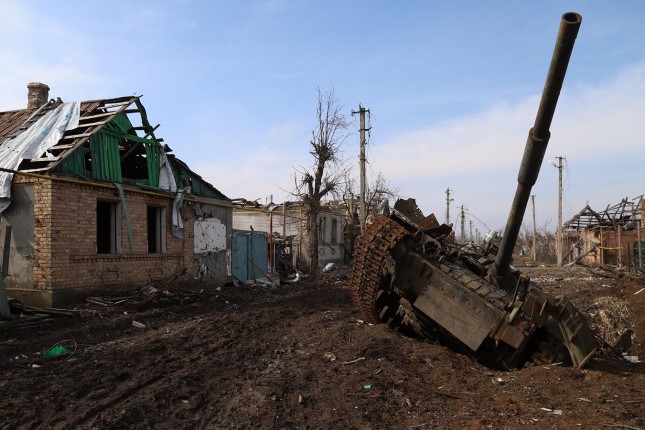A global military spend of over $2.2 trillion—the highest level ever recorded by the organisation—shows the world’s governments are preparing for conflict on a scale not seen since 1945.
The combined arsenals of artillery and tanks, fighter and bomber aircraft, warships and missiles, including nuclear weapons, are enough to raze society to the ground several times over. And they are being readied for action.
Military spending increased by 3.7 percent in real terms over 2021, the sharpest rise in 30 years, despite high rates of inflation. SIPRI writes, “Without adjusting for inflation, spending grew by 6.5 percent in 2022—the biggest year-on-year nominal increase in global military spending since 2010.”
United States spending of $877 billion—39 percent of the global total, three times the spend of second-place China—confirms Washington’s place as the world’s leading warmonger and instigator of military aggression.
But by far the fastest increase in spending (13 percent) was among US allies in Europe. At the centre of two world wars, the continent is once again being turned into an armed camp.
The scale of the proxy war being waged by NATO against Russia through Ukraine is enormous. Ukraine’s own military spending for 2022 catapulted the country from the 36th largest armed forces budget in 2021 to the 11th largest in 2022—at $44 billion, 34 percent of its annual GDP. But this is only half the story.
SIPRI says it is not able to provide “an accurate assessment of the total amount of financial military aid to Ukraine,” giving an estimate of “at least $30 billion in 2022.” NATO Secretary-General Jens Stoltenberg announced this month that the current nominal figure was over $70 billion.
Whichever figure is closer to the truth for 2022, Ukraine’s military budget last year not only outstripped all NATO powers except the US, it was at least close to and potentially significantly higher than Russia’s $86.4 billion budget, even following Moscow’s 9.2 own percent increase.
Ukraine’s de facto NATO membership is here spelled out in dollars and cents, with Stoltenberg announcing last Friday the imperialist alliance’s intention to formalise this relationship.
The sums of money involved are staggering. Central and Western European military budgets climbed to a combined $345 billion, 30 percent higher than a decade ago and surpassing the level of 1989, at the end of the Cold War. Wealth that could alleviate many of the worst crises affecting human civilization is spent every year preparing for wars that threaten to end its existence in a nuclear Armageddon.
The increases so far are only a down payment on what is to come, as each country is drawn more and more fully into the maelstrom.
Sweden and Finland, recently incorporated into the NATO alliance, and Poland and Lithuania on its front line, all lifted military spending by at least 10 percent last year—up to 36 percent in the case of Finland. The Baltic states and Poland have committed to spending between 2.5 and 4 percent of GDP on their armed forces within two years.
The major European imperialist powers are following suit.
French President Emmanuel Macron’s plans announced this January to increase military spending by a third—taking GDP spending to 2 percent by 2025—for an additional €413 billion in total.
Germany, also pledged to hit 2 percent of GDP, has already set aside a massive €100 billion additional fund—equivalent to its entire military budget for almost two years—to modernise its armed forces.
Demands are constantly raised for governments to go further faster, either by Washington urging the European powers to pull their weight in US-led wars, or by representatives of Europe’s ruling elite such as Macron insisting on the need for “strategic autonomy” from the US to aggressively pursue their own objectives.
Referring to the NATO members’ pledge of military spending of 2 percent of GDP, Stoltenberg told Die Welt, “I expect that we will make a new pledge on defense spending when we meet in Vilnius at the NATO summit in July this year… I expect there to be a more ambitious pledge because everyone sees that we need to invest more.”
Warning that Europe faces “vassalisation” at the hands of the US, the European Council on Foreign Relations called this month for Europe to “Deploy western European forces to the east in greater numbers, offering to replace US forces in some cases”; “Pursue greater European military capabilities and greater capacity to act autonomously, both within and external to NATO” and to “Consider a European nuclear deterrent.”
Ukraine’s de facto NATO membership is here spelled out in dollars and cents, with Stoltenberg announcing last Friday the imperialist alliance’s intention to formalise this relationship.
The sums of money involved are staggering. Central and Western European military budgets climbed to a combined $345 billion, 30 percent higher than a decade ago and surpassing the level of 1989, at the end of the Cold War. Wealth that could alleviate many of the worst crises affecting human civilization is spent every year preparing for wars that threaten to end its existence in a nuclear Armageddon.
The increases so far are only a down payment on what is to come, as each country is drawn more and more fully into the maelstrom.
Sweden and Finland, recently incorporated into the NATO alliance, and Poland and Lithuania on its front line, all lifted military spending by at least 10 percent last year—up to 36 percent in the case of Finland. The Baltic states and Poland have committed to spending between 2.5 and 4 percent of GDP on their armed forces within two years.
The major European imperialist powers are following suit.
French President Emmanuel Macron’s plans announced this January to increase military spending by a third—taking GDP spending to 2 percent by 2025—for an additional €413 billion in total.
Germany, also pledged to hit 2 percent of GDP, has already set aside a massive €100 billion additional fund—equivalent to its entire military budget for almost two years—to modernise its armed forces.
Demands are constantly raised for governments to go further faster, either by Washington urging the European powers to pull their weight in US-led wars, or by representatives of Europe’s ruling elite such as Macron insisting on the need for “strategic autonomy” from the US to aggressively pursue their own objectives.
Referring to the NATO members’ pledge of military spending of 2 percent of GDP, Stoltenberg told Die Welt, “I expect that we will make a new pledge on defense spending when we meet in Vilnius at the NATO summit in July this year… I expect there to be a more ambitious pledge because everyone sees that we need to invest more.”
Warning that Europe faces “vassalisation” at the hands of the US, the European Council on Foreign Relations called this month for Europe to “Deploy western European forces to the east in greater numbers, offering to replace US forces in some cases”; “Pursue greater European military capabilities and greater capacity to act autonomously, both within and external to NATO” and to “Consider a European nuclear deterrent.”
War with Russia already threatens a direct clash between powers armed with multiple thousands of nuclear warheads. But America and the European powers’ imperialist ambitions are also set on China, owner of the world’s third-largest nuclear arsenal after the US and Russia.
Spurred on by US-led aggression against China over Taiwan, Asia was the second fastest growing region for military spending in 2022 after Europe. Military budgets in Asia and Oceania grew by 2.7 percent last year to $575 billion, a 45 percent rise over the last decade. China and US allies India and Japan led the way with increases of 4-6 percent.
Japanese, like German, imperialism is remilitarising to an extent not previously considered politically possible given the horrors inflicted by their militaries on the world’s population during the Second World War. Japan too is gearing up its armed forces in preparation for war with the same nations it invaded with such horrendous consequences only a lifetime ago.
The return of the arms race that characterised most of the 20th century points to the re-eruption of the same question which drove the world to catastrophe in 1914 and 1939—who will dominate the world, both economically and strategically?
The existential crisis of US imperialism—its explosive internal tensions and waning global economic supremacy—has provoked an unending series of imperialist wars and interventions intended to reverse its fortunes that has now escalated to the point of a direct confrontation alongside its allies with Russia and China.
Photo: A soldier fires a machine gun from a Leopard 2 tank at the Field Marshal Rommel Barracks in Augustdorf, Germany, Wednesday, February 1, 2023 © AP Photo / Martin Meissner.
Source: World Socialist Web Site.

